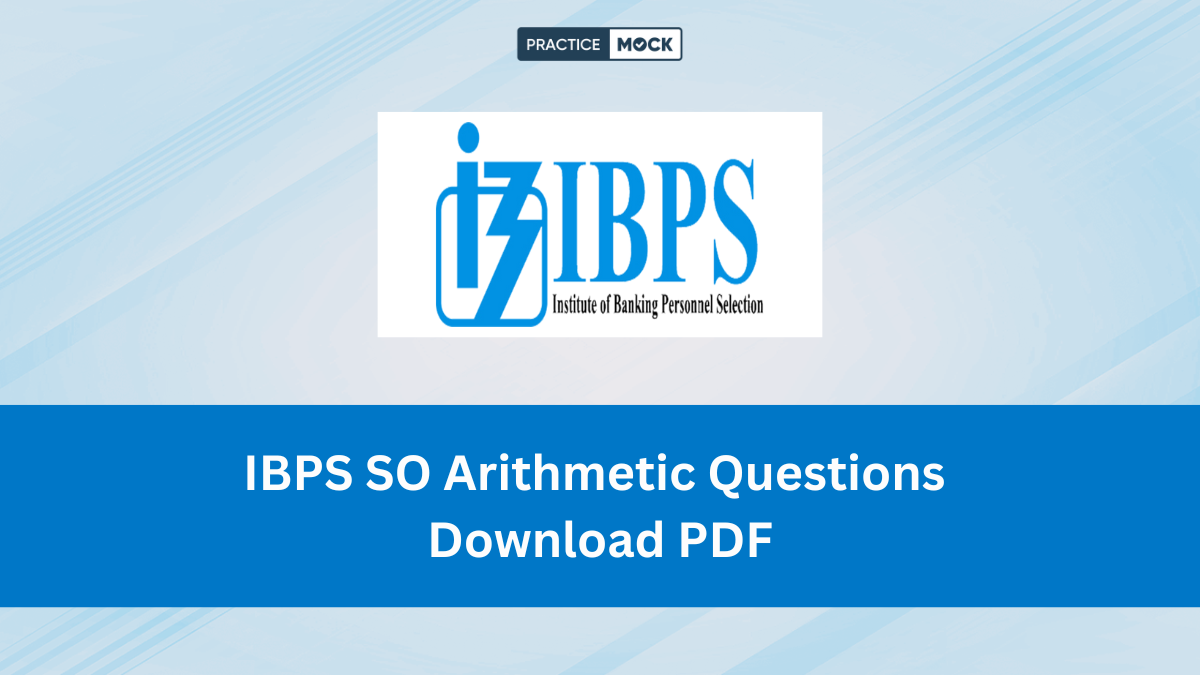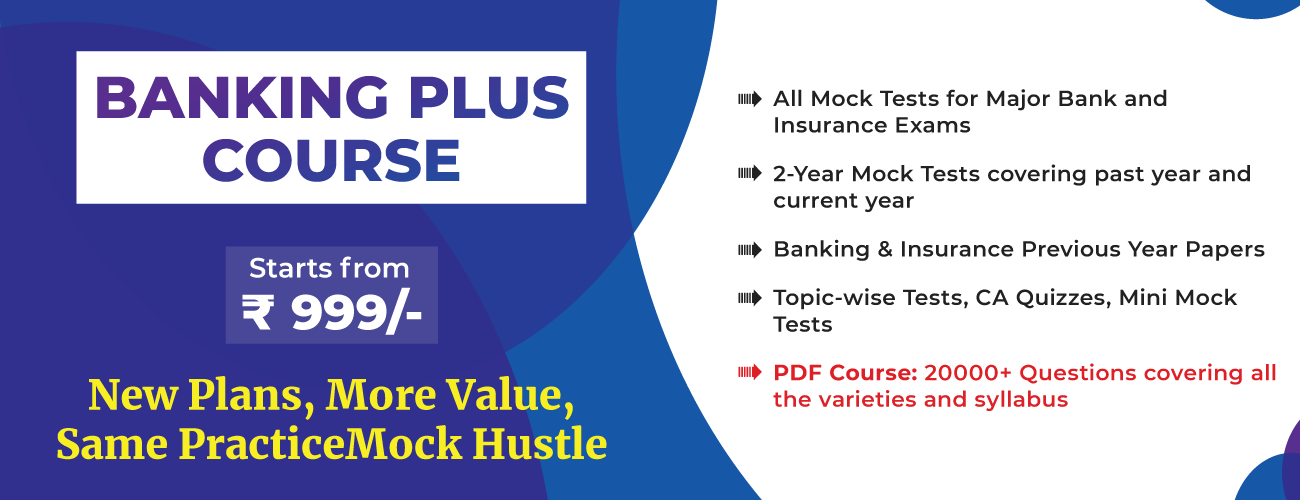Arithmetic questions are an important part of Quantitative Aptitude section of IBPS SO Prelims exam. Quantitative Aptitude section is a asked in the Prelims exam of IT Officer, Marketing Officer, HR/ Personnel Officer, and Agricultural Field Officer. 10 to 15 questions are asked every year in the IBPS SO Prelims exam from this topic. Most important Arithmetic topic include percentage, profit & loss, ratio and proportion, partnership, mixture and alligation. Try to solve arithmetic important questions provided in this blog. Also, download PDF and set a timer and solve the questions within time limit.
Importance of Arithmetic in IBPS SO Exam 2025
Quantitative Aptitude is a score booster in the IBPS SO Prelims exam. It contains 50 questions of 50 marks from various topics. Arithmetic is one of the most asked topics inside the Quantitative Aptitude section. Therefore, practicing Arithmetic Questions for the IBPS SO exam becomes mandatory for aspirants preparing for this exam.
The weightage of various topics of Arithmetic is as provided below:
- Profit & Loss (1 to 2 questions)
- Time and Work (1 to 2 questions)
- Time-Speed-Distance (1 to 2 questions)
- Boats & Streams (0 to 1 questions)
- SI and CI (1 to 2 questions)
- Ages (0 to 1 question)
- Mixtures (0 to 1 question)
- Partnerships (1 question)
- Mensuration. (0 to 1 question)
Arithmetic Important Formulas for IBPS SO 2025
Arithmetic, also called word problems, is the topic that you can’t skip if you are preparing for this exam. 1 to 2 questions from the most important Arithmetic topics are usually asked every year in the IBPS Specialist Officer exam. A total of 10 to 12 questions are asked every year on this topic.
Profit and Loss
- Profit: Selling Price (SP) – Cost Price (CP)
- Loss: CP – SP
- Profit Percentage: (Profit / CP) * 100
- Loss Percentage: (Loss / CP) * 100
Discount
Discount (%) = (Discount / List Price) * 100
Partnership
- P1 : P2 = C1 * T1 : C2 * T2
- Where:
- P1 = Partner 1’s Profit
- P2 = Partner 2’s Profit
- C1 = Partner 1’s Capital
- C2 = Partner 2’s Capital
- T1 = Time period for Partner 1’s investment
- T2 = Time period for Partner 2’s investment
Ratio and Proportion
- Cross-multiplication: In a proportion a/b = c/d, the cross-products are equal: a * d = b * c. This is a fundamental formula for solving proportions.
- Componendo and Dividendo: If a/b = c/d, then (a+b)/ (a-b) = (c+d)/(c-d).
Mixture and Alligation
Alligation Formula: (Quantity of cheaper) / (Quantity of dearer) = (CP of dearer – Mean Price) / (Mean Price – CP of cheaper)
Where,
CPstands for Cost Price (or value, percentage, concentration, etc.).Dearerrefers to the item with the higher cost/value.Cheaperrefers to the item with the lower cost/value.Mean CPis the average cost/value of the final mixture.
Mixture with Replacements:
- When a certain quantity of a mixture is replaced with another substance (like water), the quantity of the original substance remaining can be calculated.
- If
xis the initial quantity of the substance,yis the quantity replaced, andnis the number of replacements, then the remaining quantity is:x * (1 - y/x)^n. - When the same volume is replaced each time, the formula simplifies to
x * (1 - a/x)^n, where ‘a’ is the volume replaced each time.
Simple Interest and Compound Interest
- Simple Interest (SI): (P * R * T) / 100, where P=Principal, R=Rate, T=Time
- Compound Interest (CI): A = P (1 + R/100)^n, where A=Amount, P=Principal, R=Rate, n=number of years
- CI = A – P
Time and Work
- Work = Rate * Time
- If A can do a piece of work in ‘x’ days and B can do the same work in ‘y’ days, together they can do the work in (xy / (x+y)) days
Time, Speed, and Distance
Speed, Distance, Time: Distance = Speed * Time
Boat and Stream
- Downstream speed: (u + v) km/hr, where ‘u’ is the boat’s speed in still water and ‘v’ is the stream’s speed.
- Upstream speed: (u – v) km/hr, where ‘u’ is the boat’s speed in still water and ‘v’ is the stream’s speed.
- Speed of boat in still water: ½ (Downstream Speed + Upstream Speed).
- Speed of stream: ½ (Downstream Speed – Upstream Speed).
Ages
In the age-based word problems, you will require basic mathematical operations like addition, subtraction, multiplication, fractions, and ratios.
If a person’s current age is 25, then:
- In 5 years, their age will be 25 + 5 = 30.
- 5 years ago, their age was 25 – 5 = 20.
- If their age is in the ratio 2:3 with another person, their ages can be represented as 2x and 3x. If we assume their current ages are 2x and 3x, and x=12.5, then their ages are 25 and 37.5.
Mensuration
Mensuration formulas include formulas for 2D shapes and 3D shapes separately.
2D Shapes:
- Rectangle:
- Area: length * width (l * w)
- Perimeter: 2 * (length + width) or 2l + 2w
- Square:
- Area: side * side (s²)
- Perimeter: 4 * side or 4s
- Triangle:
- Area: (1/2) * base * height
- Perimeter: sum of all sides
- Circle:
- Area: π * radius² (πr²)
- Circumference: 2 * π * radius (2πr)
- Parallelogram:
- Area: base * height
- Perimeter: 2 * (a + b) where a and b are the lengths of adjacent sides
- Rhombus:
- Area: (1/2) * d1 * d2 (where d1 and d2 are the diagonals)
- Perimeter: 4 * side
- Trapezoid:
- Area: (1/2) * height * (sum of parallel sides)
- Perimeter: sum of all sides
3D Shapes:
- Cube:
- Surface Area: 6 * side² (6a²)
- Volume: side³ (a³)
- Cuboid:
- Surface Area: 2 * (lw + lh + wh) (where l, w, and h are length, width, and height)
- Volume: length * width * height (lwh)
- Cylinder:
- Surface Area: 2 * π * radius * (radius + height) or 2πr(r+h)
- Volume: π * radius² * height (πr²h)
- Cone:
- Surface Area: π * radius * (radius + slant height) or πr(r+l)
- Volume: (1/3) * π * radius² * height ((1/3)πr²h)
- Sphere:
- Surface Area: 4 * π * radius² (4πr²)
- Volume: (4/3) * π * radius³ ((4/3)πr³)
- Hemisphere:
- Curved Surface Area: 2 * π * radius² (2πr²)
- Total Surface Area: 3 * π * radius² (3πr²)
- Volume: (2/3) * π * radius³ ((2/3)πr³)
Tips to Solve Arithmetic Questions Quickly and Accurately
Follow the below given tips while solving Arithmetic Questions:
- Read Question Properly: Reading the question (word problem) till the last gives you a proper understanding of what is asked and how you can solve it.
- Covert Words into Symbols: Write down the given information in the rough page provided to you in short form. Example: more or less can be written as + and _ symbols.
- Try to solve the Question: Now you need to break down the question into small parts to solve each part. For this, memorizing multiplication tables, squares, and cubes will help you.
- Apply Correct Formula or short trick: It is also important that you instantly know which formula will be applicable to that particular question. This will happen only through practice. When you practice 10 questions daily, you will be able to solve this type of question quickly in the exam.
- Match Your Answer with the options provided: The options may vary a bit from the answer you have got. So, round off and get the approximate value of your answer to match it with the provided options.
- Verify Your Answer: At last, put the value you get in the word problem to verify your answer.
Download Arithmetic Questions Free PDF for IBPS SO
It is advised to solve these questions with a timer beside you. This ensures you are able to solve them within the time limit in actual exam. This downloadable free PDF contains important questions for your IBPS SO exam.
What do you get inside this PDF?
- 10 Arithmetic important questions
- Questions in English and Hindi
- Detailed Solutions
How to make best use of this PDF?
To make the best use of this PDF, you can take a print out of it and try to solve each question first by yourself without looking at the solutions.
- If your are not able to solve the question within 1 minute, check out the solution.
- Then try to solve the another question by yourself.
- The best practice is to quickly check each question and see how many you can solve.
- Attempt those questions which you are confident in.
- Then return to those questions which you left in the first go.
- It should not take more than 1 minute to solve these questions when the options are given to you.
Conclusion
Don’t worry if you are still not able to solve Arithmetic word problems quickly. Practice makes all the difference! You can solve these questions at your own pace. The best practice is to use a timer, as mentioned in this blog above. Make a dedicated slot for the practice of Arithmetic questions every day. For more practice, you can take the topic tests (10-minute tests of 1 topic only) of Arithmetic available on PracticeMock platform. These tests are made based on the latest exam pattern. Practicing questions through tests regularly will ensure your success in this exam. All the Best!
Our Related Articles on IBPS SO
| IBPS SO Salary | IBPS SO Cut Off |
| IBPS SO Syllabus | IBPS SO Previous Year Question Paper |
| IBPS SO notification 2025 | IBPS SO Study Plan |
Join our exclusive Telegram group, where our experts are ready to answer all your queries, guide you in banking exam preparation, and give personalised tips to boost your success. Get access to real-time solutions, expert advice, and valuable resources to improve your study journey.
Our Banking Preparation Package includes topic tests, sectional tests, rank boosters for prelims, previous year paper tests, e-books, CA tests, Quizzes, live tests, PDF Course, and more. Discover our banking and insurance packages in detail from the link provided below!

Hear What Our Successful Aspirants Says…
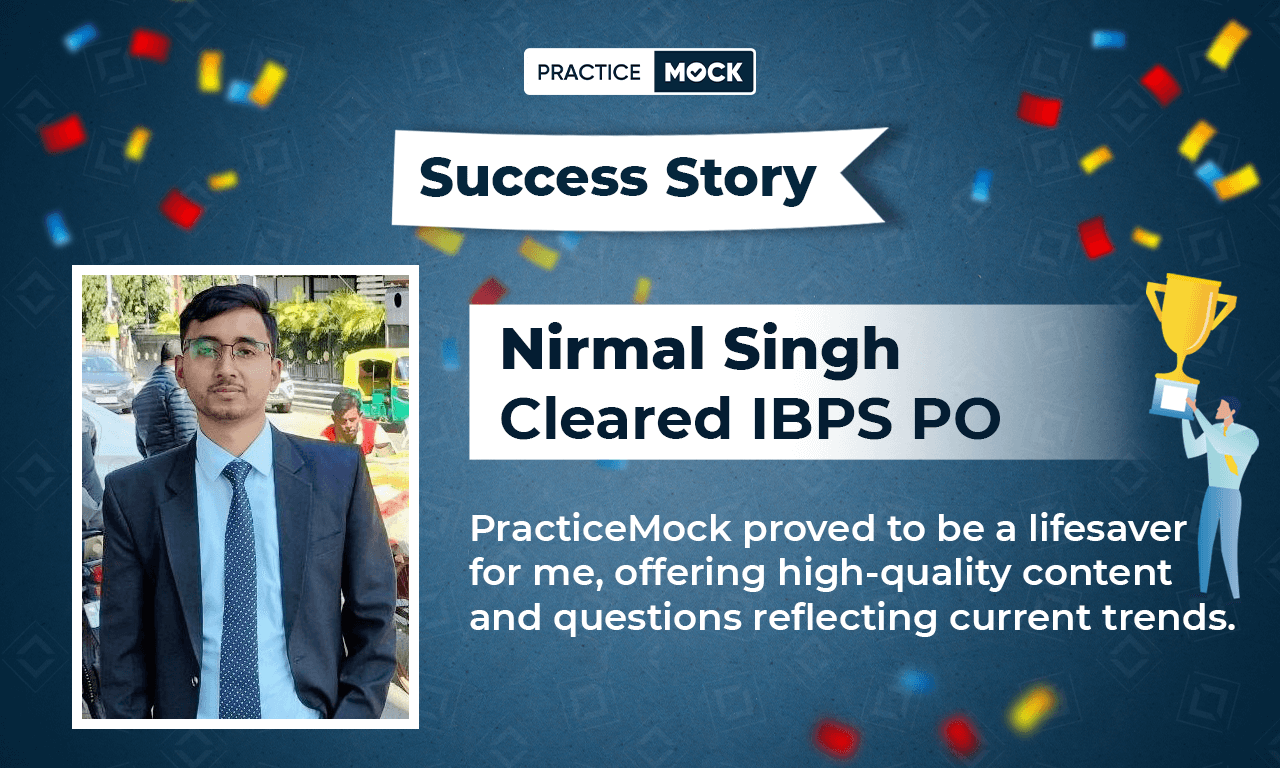
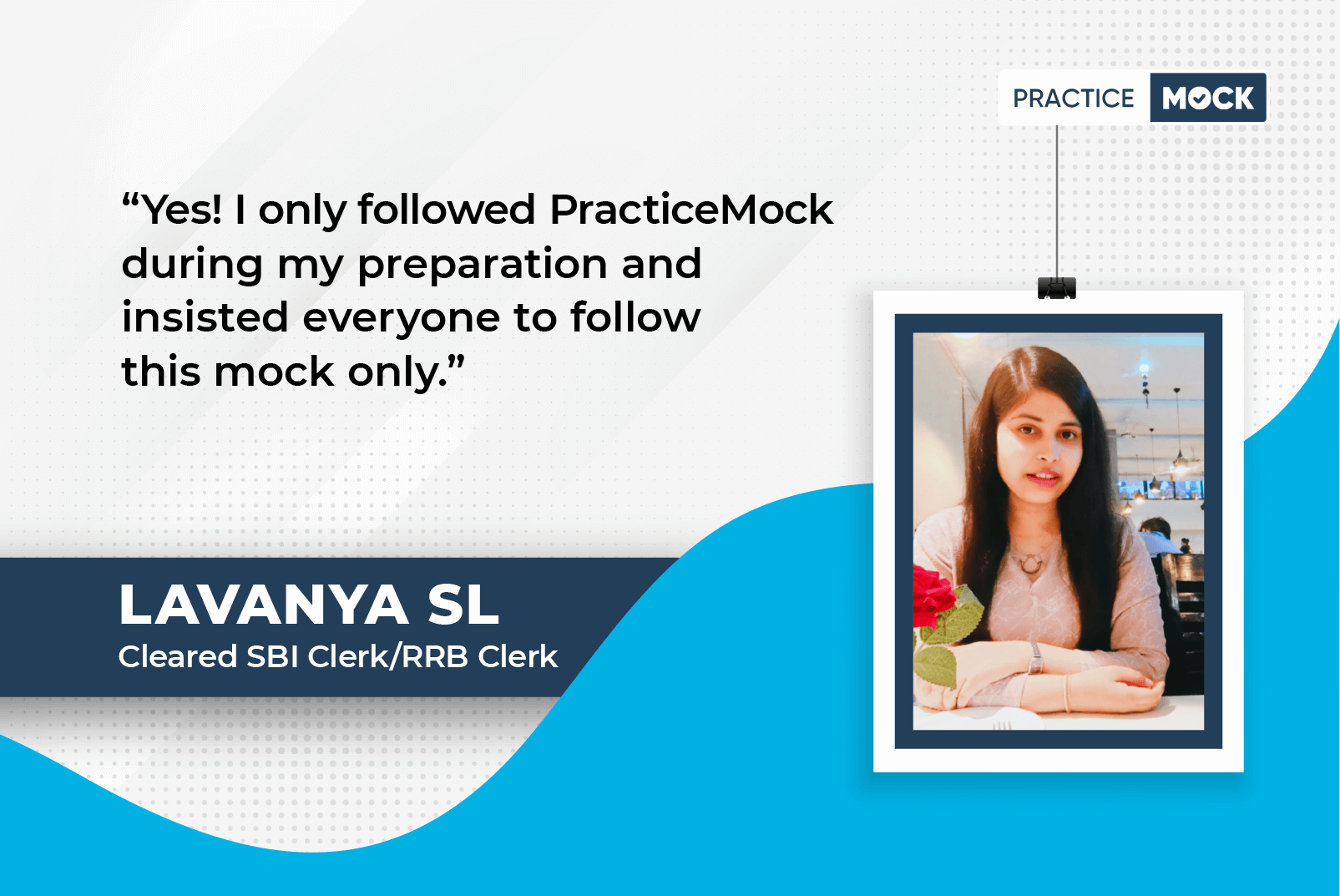
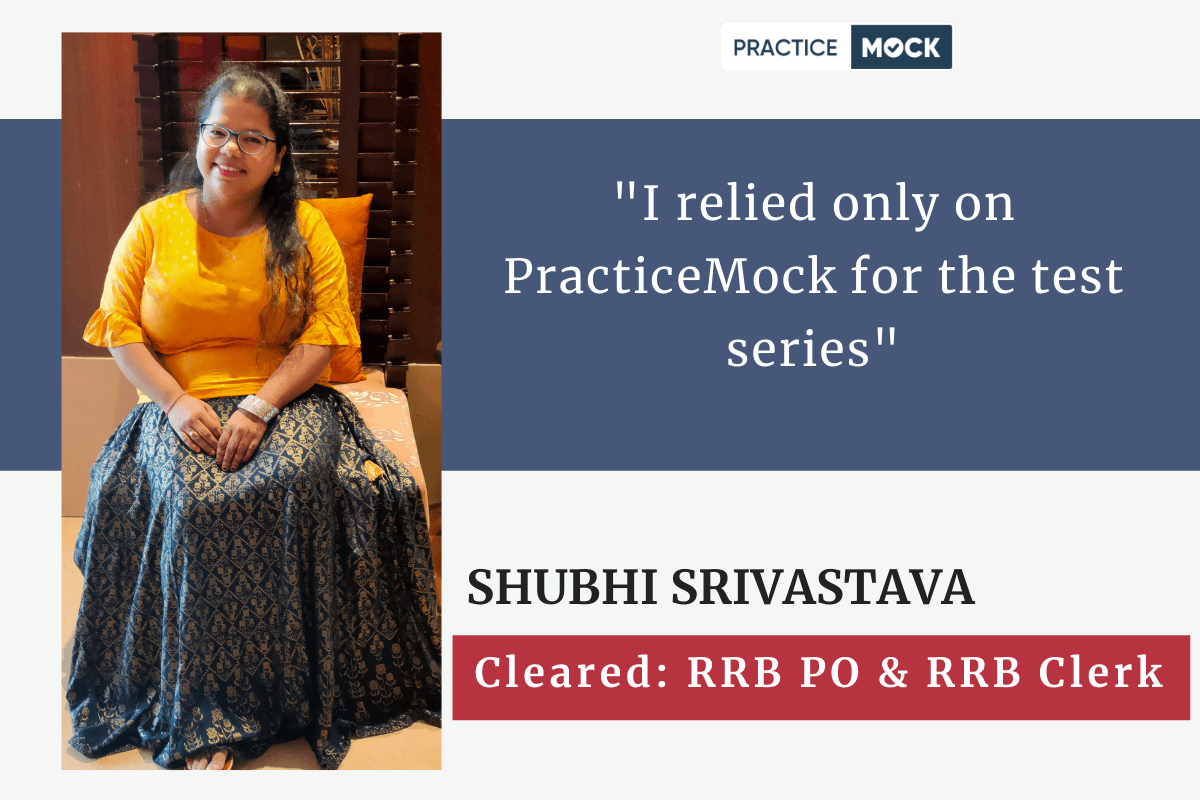
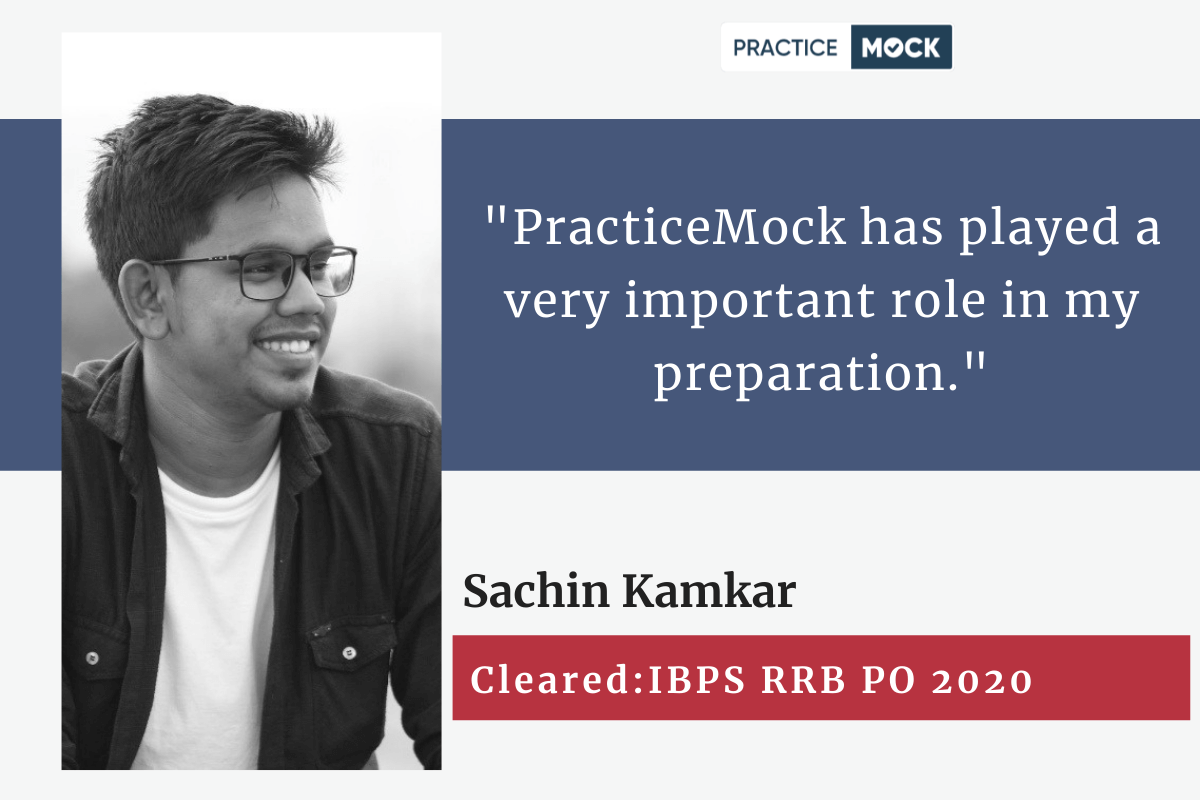
IBPS SO Arithmetic Questions 2025: FAQs
The IBPS SO exam is a little challenging but not tough if prepared well and strategically.
10 to 12 questions of Arithmetic word problems are asked every year in the Prelims exam.
Approximately 1 lakh students appear in this exam every year.
- Sign Up on Practicemock for Updated Current Affairs, Topic Tests and Mini Mocks
- Sign Up Here to Download Free Study Material
Free Mock Tests for the Upcoming Exams
- IBPS PO Free Mock Test
- RBI Grade B Free Mock Test
- IBPS SO Free Mock Test
- NABARD Grade A Free Mock Test
- SSC CGL Free Mock Test
- IBPS Clerk Free Mock Test
- IBPS RRB PO Free Mock Test
- IBPS RRB Clerk Free Mock Test
- RRB NTPC Free Mock Test
- SSC MTS Free Mock Test
- SSC Strenographer Free Mock Test
- GATE Mechanical Free Mock Test
- GATE Civil Free Mock Test
- RRB ALP Free Mock Test
- SSC CPO Free Mock Test
- AFCAT Free Mock Test
- SEBI Grade A Free Mock Test
- IFSCA Grade A Free Mock Test
- RRB JE Free Mock Test
- Free Banking Live Test
- Free SSC Live Test


